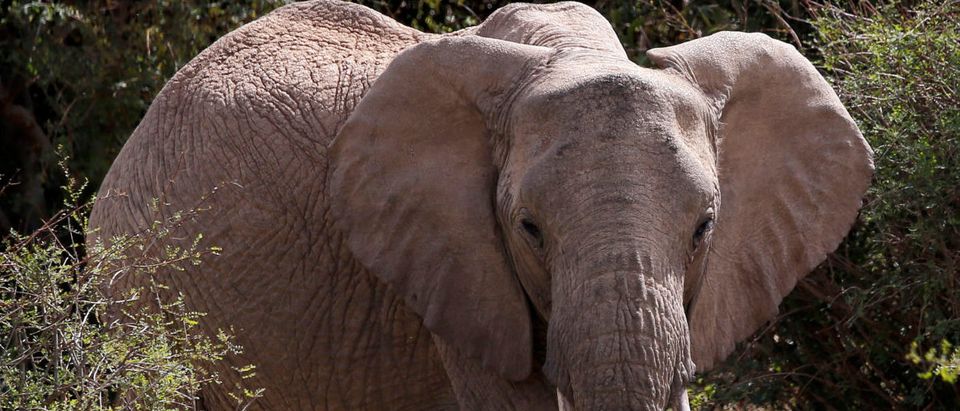By Greg Sheehan
Covering over 7,700 square miles of South Africa, the Kruger National Park (KNP) is the country’s largest national reserve and home to numerous high profile animal species such as lions, elephants, rhinoceroses, and leopards. While the attraction of these animals brings tourists from across the globe, they also attract unscrupulous poachers who attempt to illegally and indiscriminately kill any animal that will yield a good price on global black markets.
This is what five poachers intended to do last week inside KNP before one of them was trampled and killed by an elephant. By the time park rangers located the scene of the attack the next morning, nothing remained of the poacher except for a skull and a pair of pants. The four other poachers who accompanied the dead man were promptly arrested and confessed to park authorities that they entered the park to poach rhinos for their horns, which can fetch up to $9,000 a pound in Asian black markets for use in traditional, though scientifically ineffective, medicinal recipes. Rhino horn is made of keratin – just like your fingernails.
While the medical benefits of rhinoceros horn are imaginary, the threat against the rhinoceros species is not. There are approximately 20,000 wild rhinos living in South Africa, constituting over 80% of the world’s population. The South African Department of Environmental Affairs estimates that there have been more than 7,000 rhinos illegally poached in the country since 2008, and 1,028 of those illegal killings have occurred since 2017.
Poaching is not only a selfish and barbaric practice that poses an enormous threat to endangered species, but it also robs local communities of potentially millions of legal hunting dollars that are used expressly for animal conservation efforts. Conservation data across multiple species in Africa, and rhinos in particular, shows that legal, well-regulated hunting has enormous benefits for the survival of an endangered species as well as for the communities in the surrounding area.
The same rhinos that these men aimed to butcher in South Africa have actually seen their numbers grow to their current levels from a worrisome 1,800 in 1968 due directly to the introduction of legal rhino hunting programs. In fact, since the implementation of limited rhino hunting quotas under the Convention on International Trade in Endangered Species (CITES) in 2004, rhino population numbers in Namibia and South Africa have increased by an astounding 67 percent.
I have traveled on photo safari in KNP where I have seen these magnificent creatures and know the importance of ensuring their protection inside and outside of park boundaries. I have also traveled and hunted in Africa outside of park boundaries and clearly understand that in many areas the only way that many species can persist is through sustainable and well managed hunting programs. The revenue from legal game hunts helps provide for additional habitat preservation and more rigorous anti-poaching operations as well. The meat from these hunts is also often returned to the indigenous communities where resources are frequently scarce, all the while helping to create local tolerance for the roaming wildlife.
While a loss of life is regrettable, it does highlight the global poaching problem and the risks that some criminals will take in order to obtain illicit animal parts. This incident should serve as a warning to anyone who wishes to engage in poaching that the barbaric practice is a grave threat not only to iconic animal species, but also to those who engage in it.
Greg Sheehan was the Principal Deputy Director of the U.S. Fish and Wildlife Service, and represented the USFWS on the U.S. Task Force on Wildlife Trafficking (under US Dept of State). He was also an ex-officio member of the International Wildlife Conservation Council. Mr. Sheehan also served as the Director of the Utah Division of Wildlife Resources


